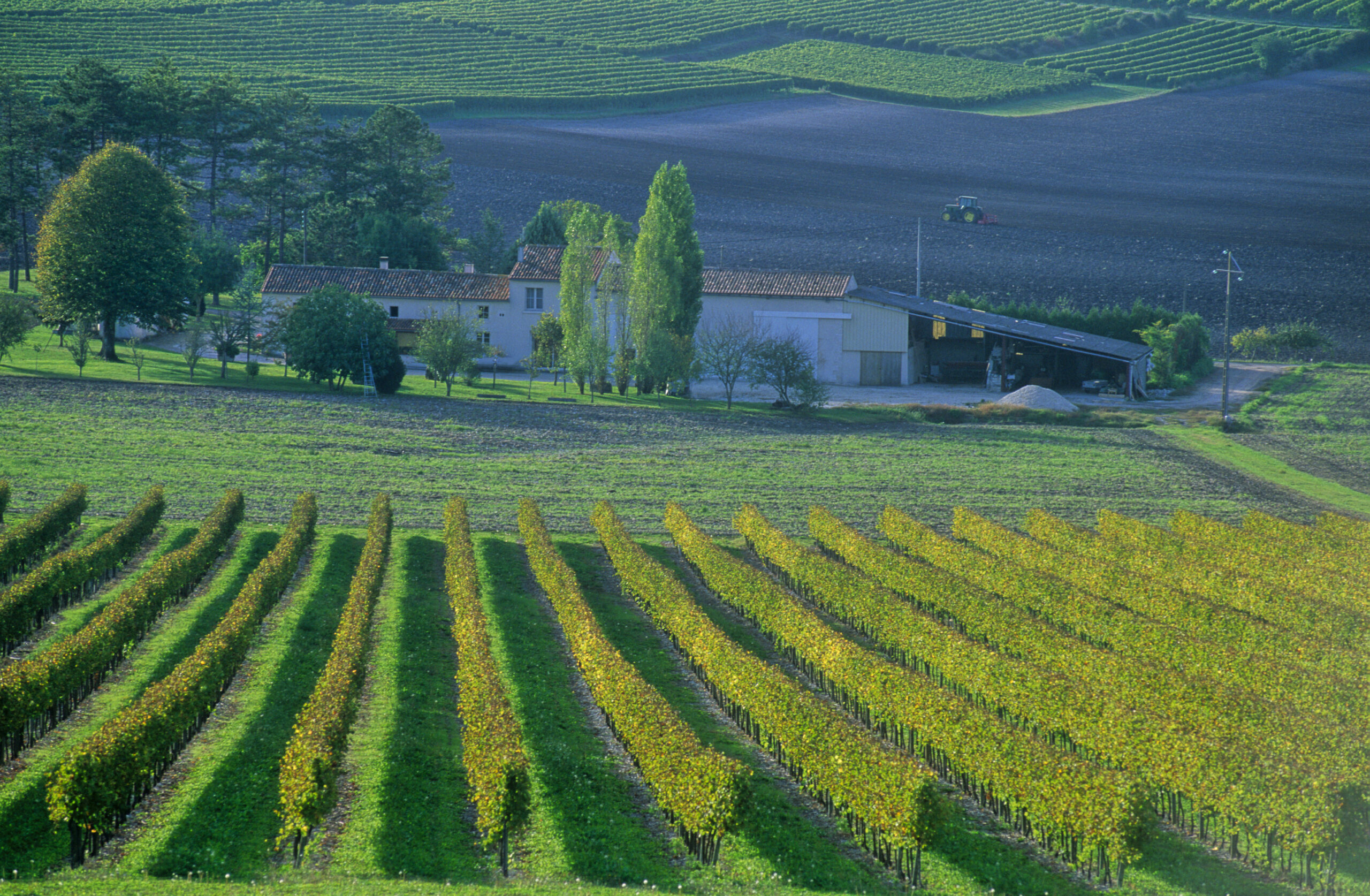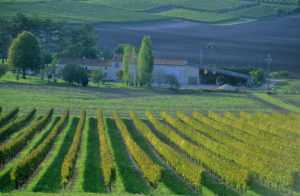This spring’s late frost was a reminder of the tenuous nature of the growing conditions in the Cognac vineyards. While Mother Nature has blessed the Cognac region with a temperate climate and chalky soils, she also has a way of wreaking havoc on Cognac’s grapevines. An environmental event like a late frost can reduce substantially the grape and eaux-de-vie yield in the year it strikes. In addition, the Great Wine Blight of the 1860 and ’70s showed that Cognac’s vineyards can be devastated by events other than weather.
During the Great Wine Blight, aphids devastated the Cognac vineyards. The destruction of the vineyards was caused by aphids’ feeding pattern that involves injecting venom into grape vines causing the root structure of the vines to corrode and the vines to die. The blight caused by aphids on grape vines is called phylloxera. The innovation of Leo Laliman and Gaston Bazille, who proposed grafting American root stock that were resistant to phylloxera onto the indigenous French vines thereby creating phylloxera resistant vines, saved the Cognac vineyards from extinction.
The production of Cognac is essential to the economy of the region. Nearly 17,000 people earn their living in connection with the Cognac trade. Preservation of the vineyards, therefore, is essential to protecting the economic well being of the Cognac region.
Today, the Bureau National Interprofessionnel du Cognac (BNIC) is focused on identifying environmental issues that may impact the Cognac vineyards and their yields. As part of the National Declining Vineyard Plan, the BNIC noted in a recent report, that the Cognac yields have been in decline for the past ten years.
The BNIC has identified potential threats and actual issues that have harmed the Cognac grape vines, particularly the White Ugni Blanc vines that are the most widely planted in the Cognac region. These issues include mildew and powdery mildew, wood diseases, viruses and bacteria. The BNIC notes that information sharing and strategies are key to understanding and combating these potential blights and has pledged cooperation and support in this endeavor.
About the BNIC: It is a trade association, founded in 1946 representing growers, producers, and merchants from the Cognac Appellation region. To learn more visit http://www.cognac.fr/cognac/


